Calamondin (Citrus × microcarpa), also known as calamansi, is a small citrus fruit cherished across Southeast Asia for its tart flavor, refreshing juice, and multiple health benefits. This fruit resembles a tiny lime but offers a unique tanginess and aromatic zest that elevates culinary, medicinal, and cosmetic products. As the global demand for natural citrus products continues to rise, one country has solidified its position as the undisputed leader in calamondin production: the Philippines.
This article explores how the Philippines became the world’s largest calamondin producer, the reasons behind its dominance, regional cultivation data, economic significance, and future prospects in the global market.
What is Calamondin?

Calamondin is a hybrid between a kumquat (Citrus japonica) and a mandarin orange (Citrus reticulata). Known for its high acidity and bright flavor, it’s a staple ingredient in Southeast Asian cooking and health remedies. The fruit is typically small, green to orange in color, and contains a high juice content with a refreshing, sharp citrus tang.
Besides culinary use, calamondin is valued for:
- Natural skincare products
- Immune-boosting drinks
- Traditional remedies for colds and coughs
- Aromatherapy and cosmetics
Global Calamondin Production: An Overview
While calamondin is cultivated in several tropical countries, no nation comes close to matching the Philippines in terms of production scale, export volume, and cultural importance. The Philippines has long considered calamondin an agricultural staple and a signature ingredient of its national cuisine.
Other countries cultivating calamondin on a smaller scale include:
- Indonesia
- Malaysia
- Thailand
- China (mainly Hainan Province)
- United States (notably Florida and Hawaii)
Yet these regions produce calamondin primarily for local markets and niche culinary uses.
The Philippines: Global Calamondin Powerhouse
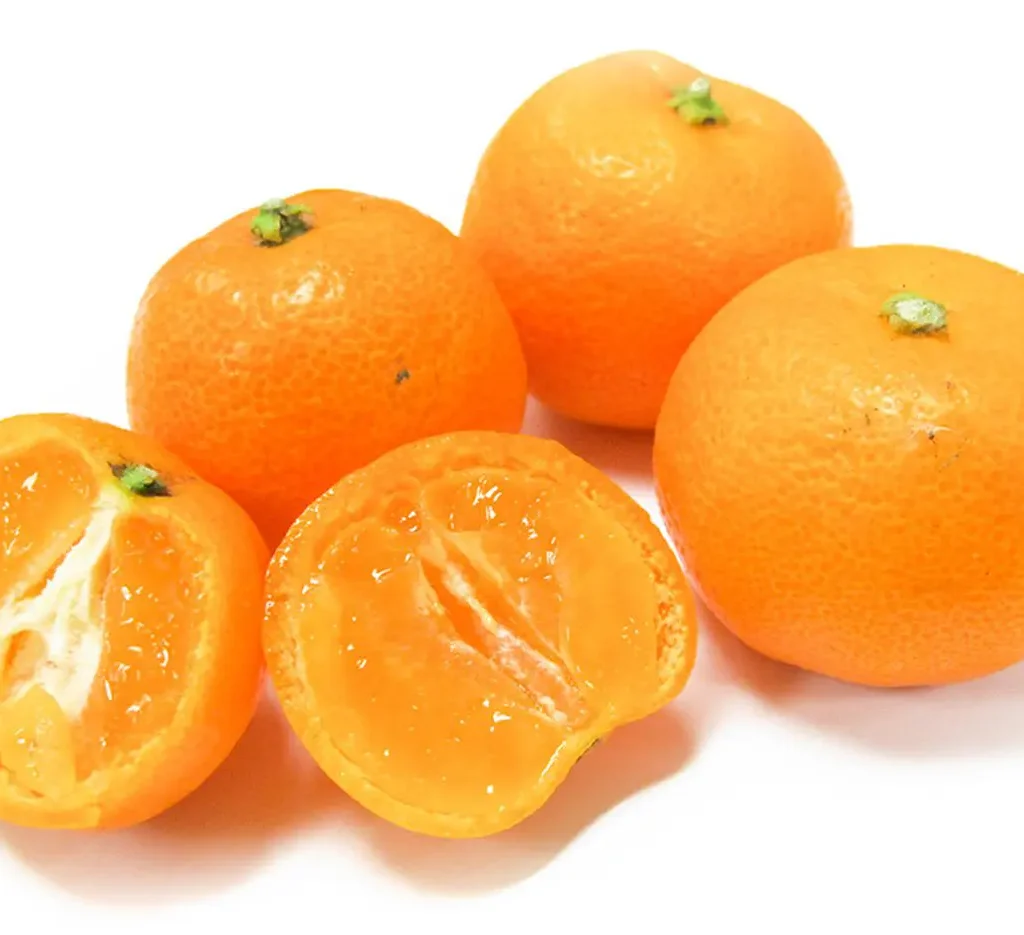
The Philippines has established itself as the world’s largest calamondin producer due to several favorable factors:
Climate and Geography
The Philippines offers an ideal tropical climate with:
- Consistent rainfall
- Year-round sunshine
- Fertile, well-draining soil
This ensures year-round flowering and fruiting, allowing continuous production and multiple harvest cycles annually.
Major Production Areas
Three main regions dominate calamondin production in the Philippines:
- Oriental Mindoro — known as the “Calamansi Capital of the Philippines,” contributing over 60% of national output.
- Quezon Province
- Guimaras
Combined, these areas account for over 70% of the country’s production.
Calamondin Production Statistics
According to the Philippine Statistics Authority (PSA):
- In 2022, the Philippines produced approximately 125,000 metric tons of calamondin.
- Oriental Mindoro alone contributed around 75,000 metric tons.
- The average yield ranges between 5 to 6 tons per hectare, with properly managed farms producing up to 10 tons per hectare.
Economic Importance
Calamondin is one of the top citrus fruits cultivated in the Philippines, ranking alongside bananas, mangoes, and pineapples in economic value. It contributes significantly to:
- Smallholder farmers’ income
- Employment in rural communities
- Local and international trade revenues
The fresh fruit is widely sold in domestic wet markets and supermarkets, while calamondin juice, concentrates, jams, and extracts enjoy growing popularity both locally and overseas.
Calamondin Exports and Global Markets
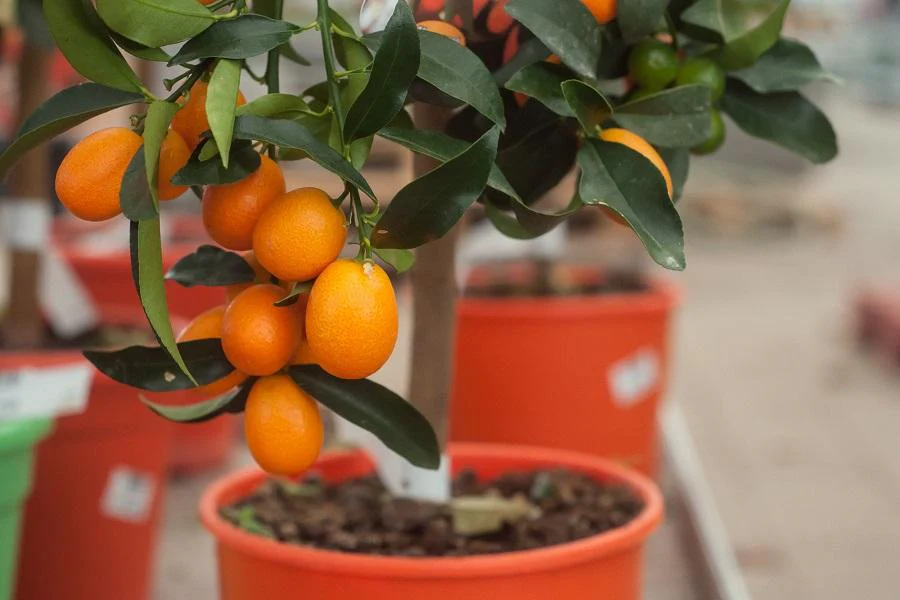
The Philippines exports fresh calamondin and processed calamondin products to countries such as:
- Japan
- South Korea
- United States
- Canada
- Hong Kong
- Singapore
Processed products like juice concentrates and marmalades are particularly popular in Japan and the U.S., where health-conscious consumers appreciate calamondin’s high vitamin C and antioxidant content.
In recent years, the rise of natural health beverages, organic skincare, and plant-based remedies globally has further fueled the demand for calamondin exports.
Value-Added Calamondin Products
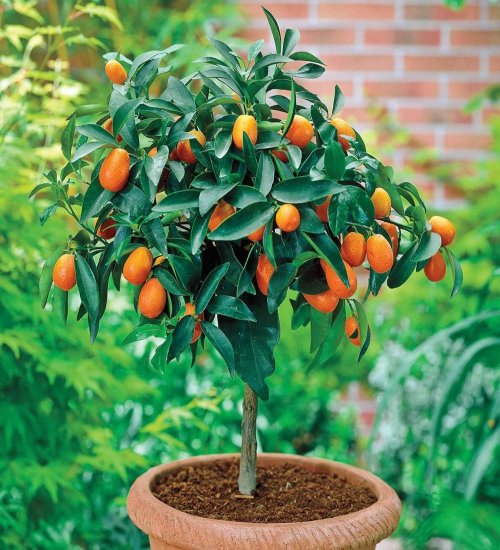
The Philippine agriculture sector has diversified its calamondin offerings to include:
- Ready-to-drink calamondin juice
- Pure calamondin concentrate
- Calamondin marmalade and jam
- Calamondin-based skin whitening lotions and soaps
- Essential oils for aromatherapy
These products have elevated the economic value of the calamondin industry, offering higher profit margins and opening new market opportunities.
Challenges in the Calamondin Industry
Despite its dominance, the Philippines faces several challenges in maintaining and expanding its calamondin production:
- Post-harvest losses — Due to mishandling and lack of proper storage facilities.
- Price instability — Fluctuating farm-gate prices affecting farmers’ incomes.
- Pest and disease outbreaks — Occasional infestations affecting tree health and yields.
- Limited mechanization — Most harvesting and post-harvest operations are labor-intensive.
Addressing these challenges is essential to securing long-term growth and competitiveness.
Future Outlook for the Philippine Calamondin Industry
The future of the Philippine calamondin industry remains bright. Several government and private initiatives aim to:
- Modernize calamondin farming practices
- Introduce disease-resistant and higher-yielding varieties
- Enhance post-harvest handling and storage systems
- Expand international market access
- Develop new value-added products for health and wellness markets
The Department of Agriculture and various farmers’ cooperatives are working to improve calamondin production efficiency and export capacity, ensuring the Philippines remains the global leader.
Emerging Competitors: A Modest Threat
While countries like Indonesia and China (Hainan Province) are increasing their calamondin production, their current output levels are still significantly lower than those of the Philippines.
For example:
- Indonesia produces approximately 120,000 tons annually, much of it for domestic consumption.
- Hainan Province, China has expanded calamondin plantations, producing 50,000 tons per year, mainly for regional markets.
Neither country has yet established a significant presence in international trade for calamondin compared to the Philippines.
Conclusion
The Philippines is undeniably the largest calamondin producer globally. Its ideal climate, established farming systems, extensive value-added product industry, and active export markets have positioned it far ahead of any competitors.
Calamondin is deeply rooted in Filipino culture and economy, providing livelihoods for thousands of farmers and communities while contributing to the country’s agricultural exports.
As global demand for natural, health-enhancing citrus products continues to grow, the Philippines is well-poised to further expand its calamondin production, improve farming efficiency, and diversify product offerings — securing its leadership in this valuable niche market for years to come.
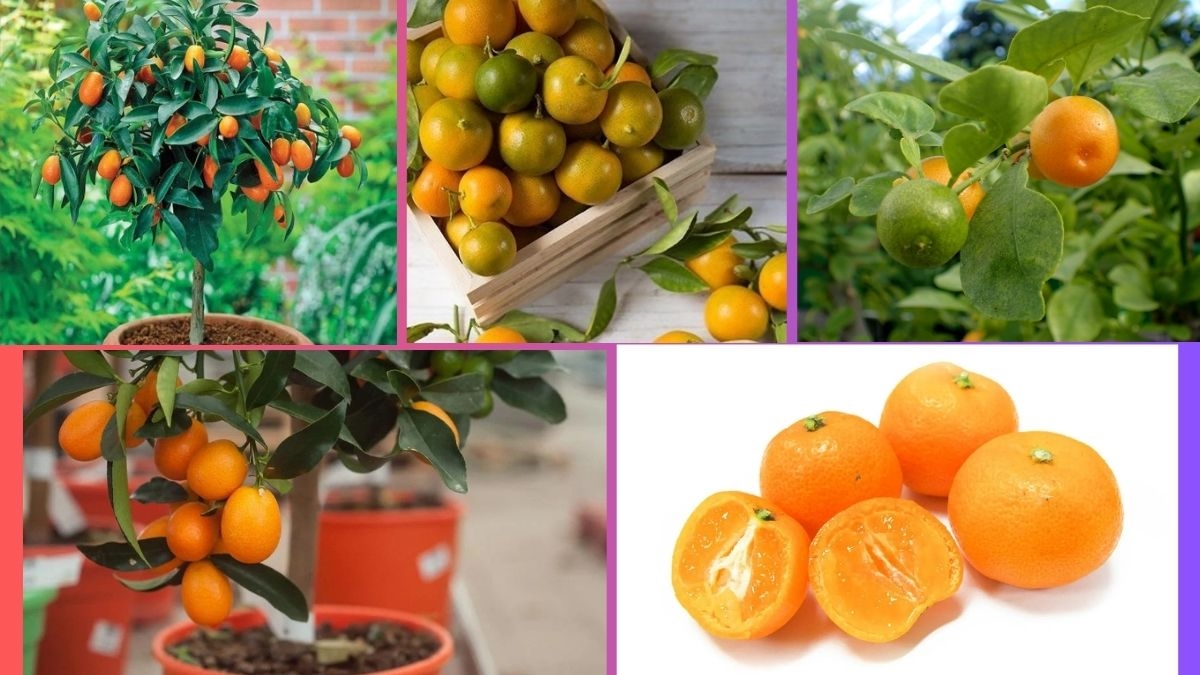



Leave A Comment